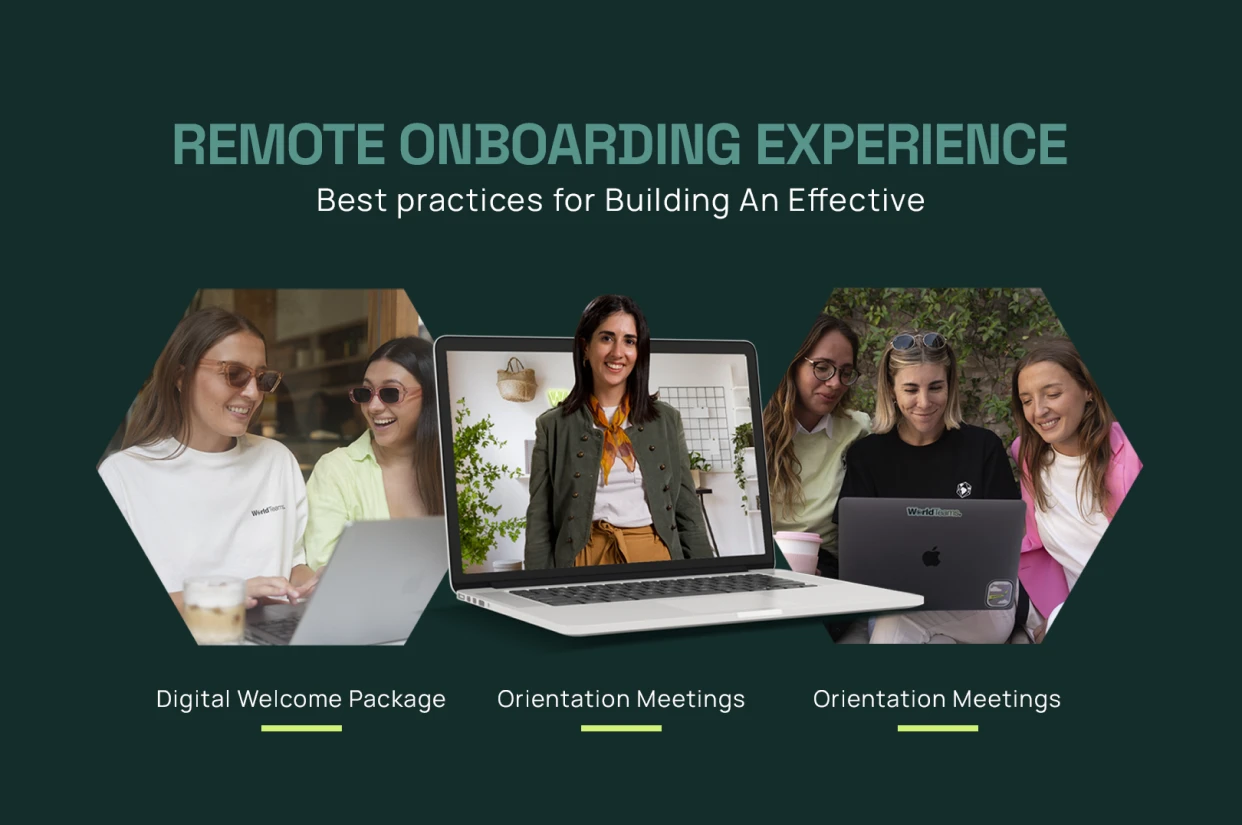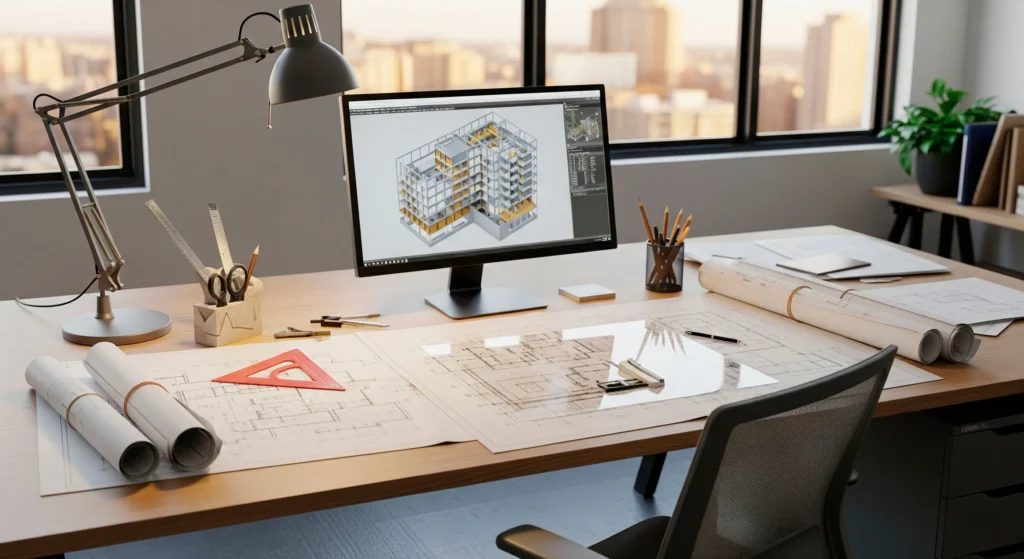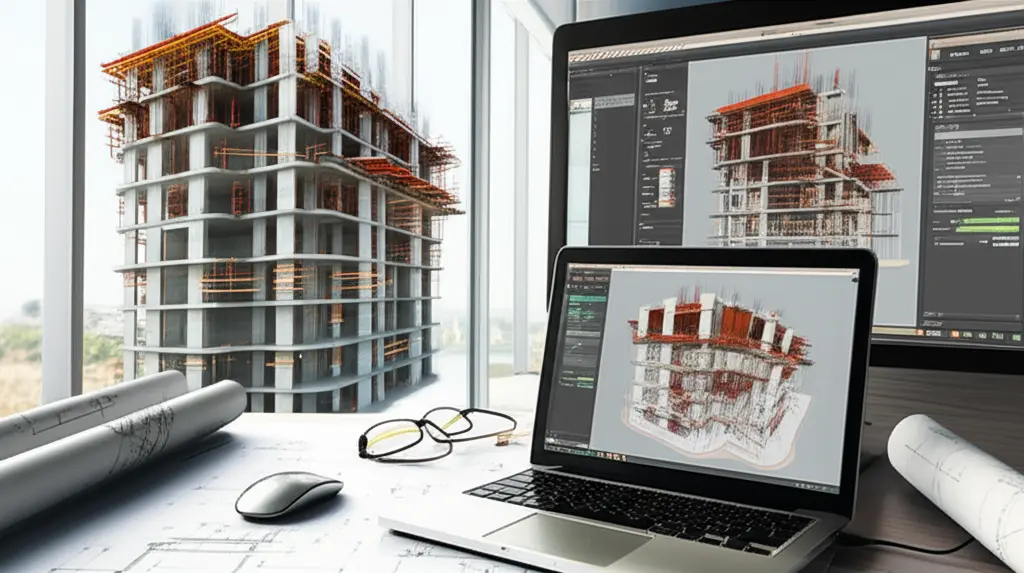How to Onboard and Manage Remote Architects Effectively

The world of work has undergone a dramatic transformation in recent years, and one of the most significant changes has been the rise of remote work. As organizations across various industries embrace the benefits of remote work, even traditionally office-bound professions like architecture are adapting to this new reality. In this article, we will explore the key strategies and best practices for onboarding and managing remote architects effectively.
Managing Your Design Team Remotely
Managing a remote team of architects requires a shift in mindset and approach. Here are some essential tips for successfully managing your design team remotely:
Building an Effective and Enjoyable Remote Onboarding Experience
Onboarding remote architects should be a thoughtful and structured process to set the right tone from the beginning. Nowadays, there are plenty of programs and ideas related to the orientation process, still it is very important to analyze your own situation and create a specialized plan based on your needs and resources. Here are some best practices for building an effective and enjoyable remote onboarding experience:

Best Practices from Remote Architecture
Remote architecture has its unique challenges and opportunities. It involves managing technology, collaboration tools, and a great understanding of the architectural process’s cultural and geographical boundaries while creating original designs and spaces.
Here are some best practices from remote architecture professionals:
What Remote Work for Architects Looks Like
Remote work for architects is more than just working from home; it represents a fundamental shift in how architects approach their projects. Traditionally, architects were tied to their offices, relying on in-person meetings, blueprints, and physical models. However, technological advances have revolutionized the way architects work, making it possible to design and collaborate virtually anywhere in the world.
Some critical aspects of remote work for architects include:
1. Digital Design Tools: One of the most significant advantages of remote work for architects is the accessibility of advanced digital design tools. Architects can create detailed 3D models, conduct virtual walkthroughs, and make real-time changes, all from the comfort of their home office. This not only streamlines the design process but also enhances creativity and innovation.
2. Collaboration Across Borders: Remote work enables architects to collaborate with professionals from around the world effortlessly. Teams can share project files, communicate via video conferencing, and work in real-time on a single project, breaking down geographical barriers.
3. Flexible Schedules: Architects can now tailor their work schedules to suit their needs. This flexibility allows for a healthier work-life balance and the ability to adapt to different time zones when collaborating with international teams.
4. Cost-Efficiency: Remote work can lead to cost savings for architectural firms. Reduced office space requirements, decreased commuting expenses, and access to a global talent pool can contribute to a more efficient use of resources.
5. Environmental Impact: A positive side effect of remote work is the reduction in the carbon footprint of architectural firms. Fewer commuters and less reliance on physical office space translate into a more eco-friendly approach to business.
Remote work for architects is not a temporary trend but a transformative force reshaping the profession’s future. As architects continue to adapt to this new way of working, we can expect to see more innovative and sustainable designs, global collaborations, and a stronger emphasis on work-life balance.
Grow your team and reduce costs with WorldTeams.

How to Mentor Employees While Working Remotely
Mentoring remote employees is a critical aspect of their professional development. Here’s how to mentor remote architects effectively:
Working Remotely as an Architect
Working remotely as an architect can be rewarding, but it has unique challenges and exciting obstacles. Enhancing productivity is fundamental, so here are some tricks on how architects can thrive in a remote work environment:

Contact WorldTeams to Hire the Best Remote Architects! Starting a new remote adventure can push your boundaries and improve the company’s capacities and resources. By following the tips and ideas outlined in this post and considering the expertise offered by WorldTeams, you can scale your projects and achieve growth and success.
But, we understand that outsourcing architectural work can be a daunting decision. That’s why we pride ourselves on providing the highest quality architectural outsourcing services you’ll ever find, bar none. Our clients enjoy the following benefits when working with us:
Access to top-tier global architectural talent – Our team of professionals comprises the top 3% of architects in the world, with skills accredited by a wide range of experience with US companies.
Quality work at affordable rates – Our rates are typically one-third of what you’re used to paying without sacrificing quality.
A quick and efficient recruitment process – We take care of an exhaustive recruiting and matching process and can provide you with at least three professionals for every role you need to fill in as little as two weeks.









